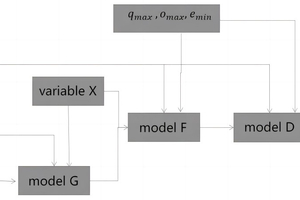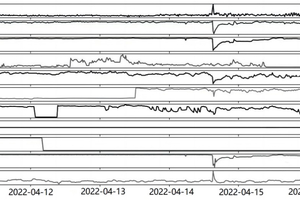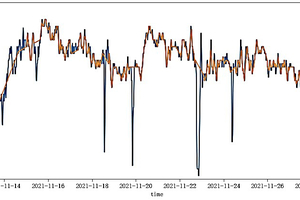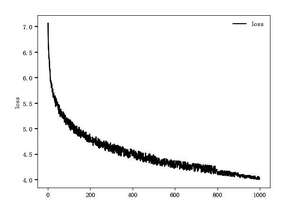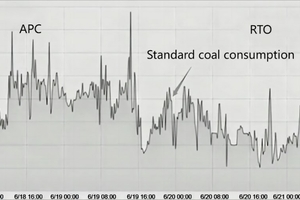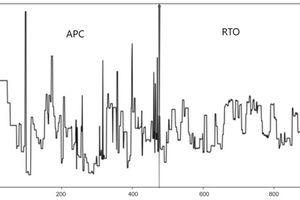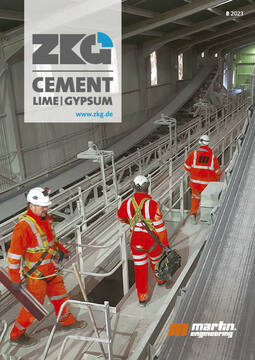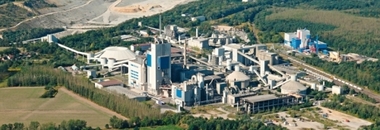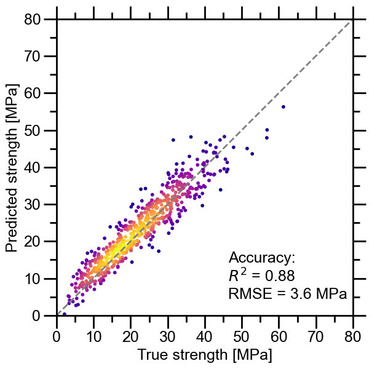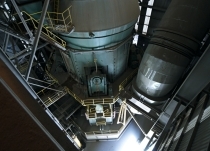Research on real-time optimization control algorithm of cement burning system based on Generative Adversarial Network
In the cement production process, advanced process control systems (APC) are widely used in the automatic control and operation of control loops. However, the optimal set values of controlled variables in APC control loops are primarily determined manually, without considering the economic optimization of production costs. Although some research institutions are conducting parameter optimization studies, most of their methodologies are static optimizations and do not account for frequent switches in actual production conditions, resulting in models that are poorly suited for dynamic production processes. To address this issue, a real-time optimization control (RTO) algorithm based on Generative Adversarial Networks (GAN) is proposed. The production data is initially clustered by the algorithm to model the production process and divide it into different operating conditions. Subsequently, the distribution models of clinker quality, yield, and energy consumption are estimated based on these conditions. Using these distribution models, a GAN model is constructed with the optimal clinker quality, maximum clinker yield, and minimum clinker energy consumption as benchmarks. A multi-objective loss function is established based on these criteria. Finally, by inputting production process data, quality data, and energy consumption data for each operating condition, the model trained in real-time computes the optimal set values of the controlled variables. On the one hand, this algorithm can overcome the problem of insufficient observation data, on the other hand, it can achieve autonomous dynamic prediction of the optimal set values through game strategies between generative and discriminative models under different operating conditions. This can resolve the issue of poor robustness in static optimization models and enhances the model’s adaptive ability. After implementation in a cement factory in China, the proposed real-time optimization control algorithm based on the GAN algorithm brought significant improvements to cement production. The stability of clinker quality improved by 39.3%, clinker yield increased by 1.9%, and standard coal consumption decreased by 3.0%, demonstrating good engineering value. These results confirm the effectiveness of the proposed method in enhancing the economic optimization of cement production processes.
1 Introduction
The cement burning system is a typical nonlinear system, which is affected by various factors such as raw and fuel material properties, equipment properties, and distinct operational experiences. It has the characteristics of large time delay, strong coupling, and complex operating conditions. Even though APC technology has alleviated issues caused by variations in raw and fuel materials and differences in operator experience, the set values of controlled variables in APC are still typically determined based on experience, lacking a comprehensive perspective that considers...

